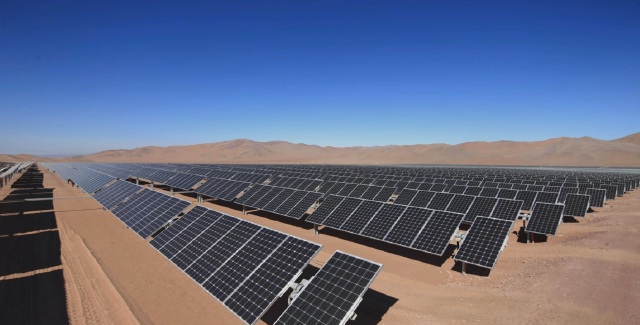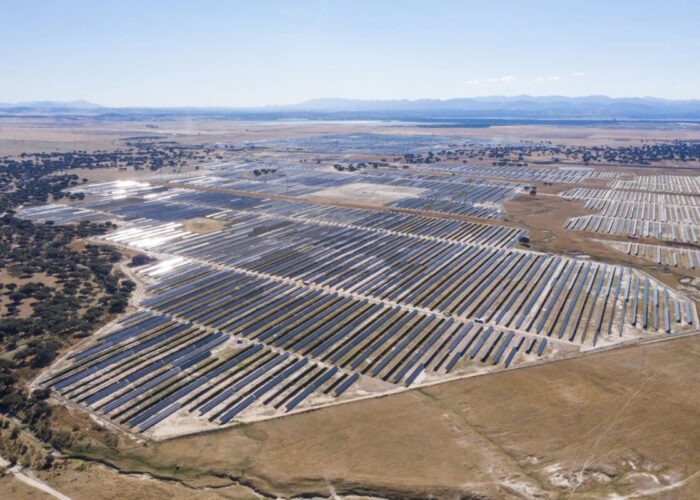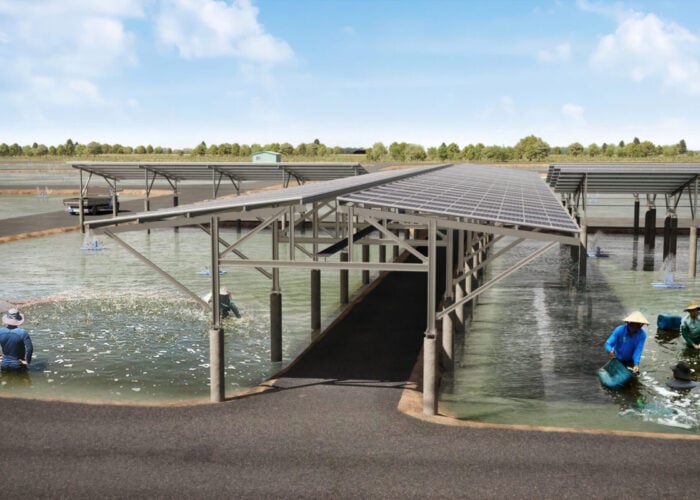
DNV GL has launched a new online tool, Solar Resource Compass , that aggregates solar irradiance from many leading data providers to help users make more informed decisions about the data available and the variance between data sources to help users avoid selecting the wrong data for a solar project. It also estimates loss factors for dust soiling and snow accumulation based on historical precipitation for any project site in the United States.
Problem
Unlock unlimited access for 12 whole months of distinctive global analysis
Photovoltaics International is now included.
- Regular insight and analysis of the industry’s biggest developments
- In-depth interviews with the industry’s leading figures
- Unlimited digital access to the PV Tech Power journal catalogue
- Unlimited digital access to the Photovoltaics International journal catalogue
- Access to more than 1,000 technical papers
- Discounts on Solar Media’s portfolio of events, in-person and virtual
As the margins on solar projects are slim, developers, investors, and owners require the most accurate tools to select sites and model energy calculations to ensure that their projects will provide the expected financial returns. Using irradiance data from multiple sources could reduce the risk of selecting solar irradiance data that may overvalue or undervalue a solar project.
Solution
Solar Resource Compass allows the user to easily compare irradiance data from multiple sources for any U.S. project location. The results of the analysis include a statistical comparison of available resources presented in a user-friendly chart, table and map. Solar Resource Compass also leverages analytics developed by DNV GL over the last 20 years to identify outliers to help users avoid selecting the wrong data for a solar project. It also estimates loss factors for dust soiling and snow accumulation based on historical precipitation for any project site in the United States. Solar Resource Compass can be used to source irradiance data at any stage of the project development process – during the feasibility stage to more efficiently screen candidate site locations as well as to support project financing assumptions for investment or acquisition.
Applications
PV power plants in the US.
Platform
Solar Resource Compass also incorporates DNV GL’s analytics (which are based on both industry standard models and proprietary analysis) to calculate the monthly loss factors attributable to dust and snow accumulation. Irradiance uncertainty and soiling accumulation are the two most important site factors needed to properly model the energy potential of a solar energy project. By default, Solar Resource Compass will access data from NREL (including the PSM satellite model and the nearest TM2/TM3 locations), Meteonorm and DNV GL's SunSpot irradiance model. This is all presented in convenient table, chart and map that shows your project location and the available data sources.
Availability
February 2020, onwards.







